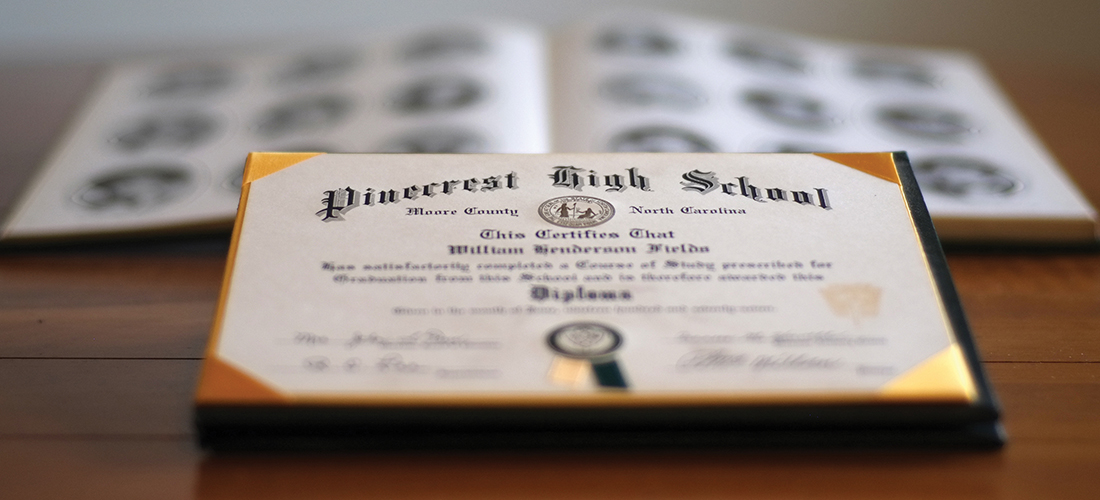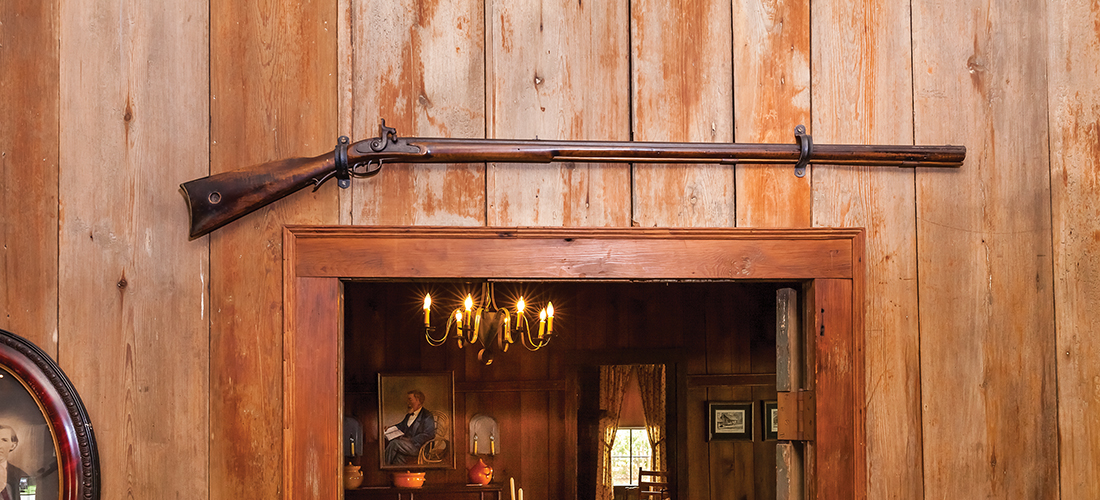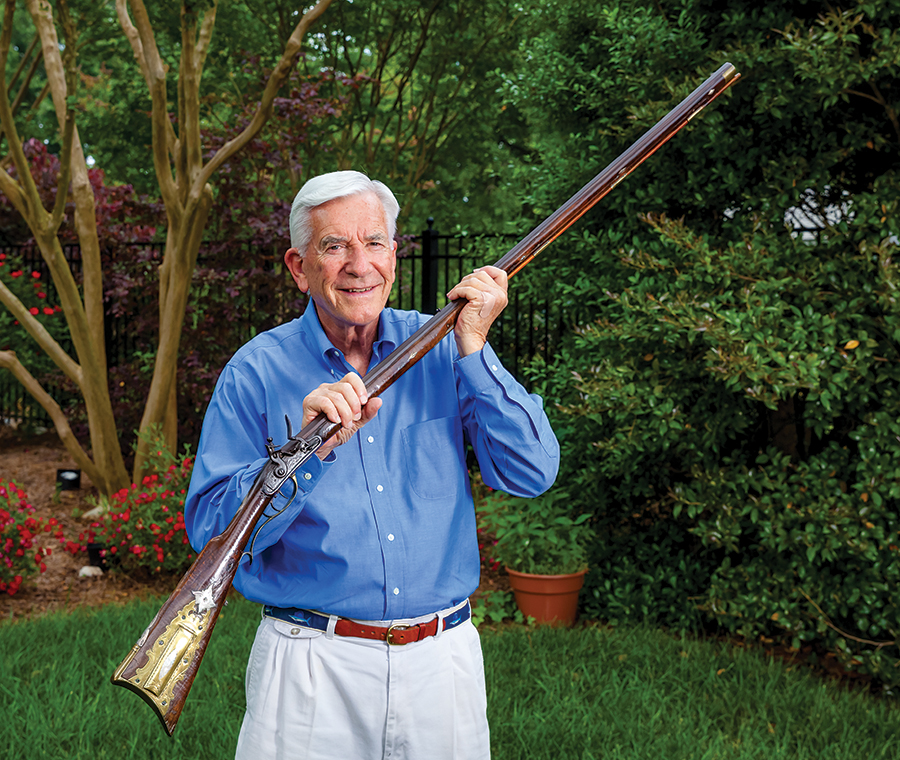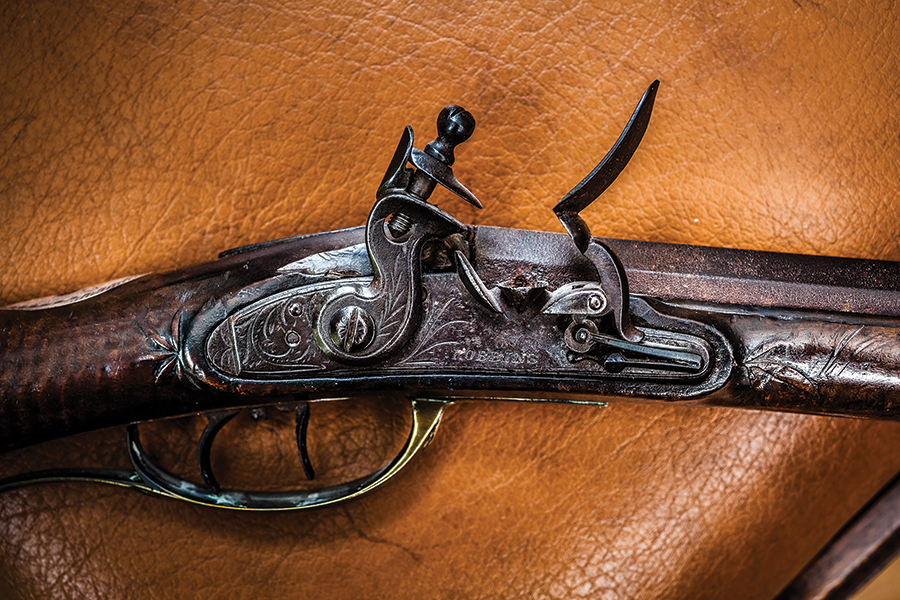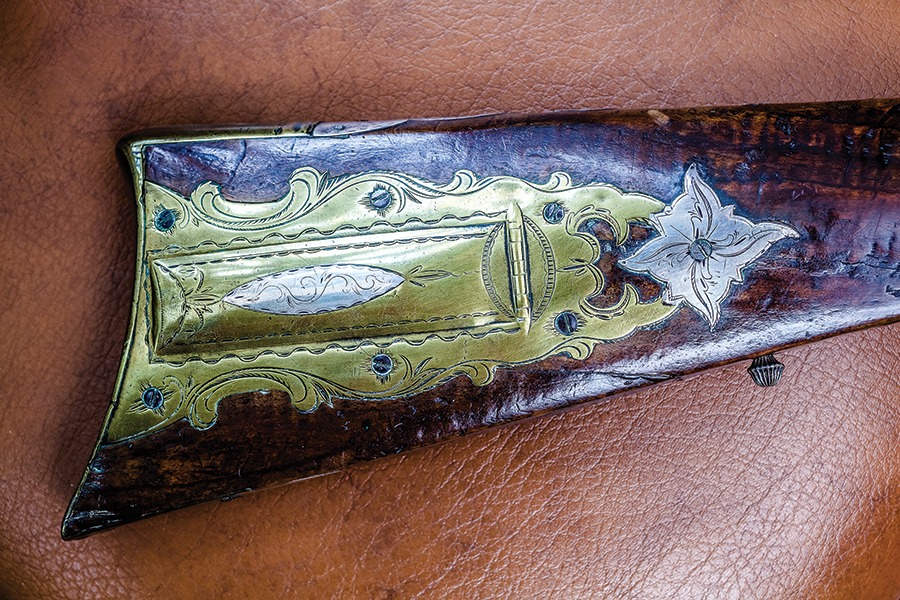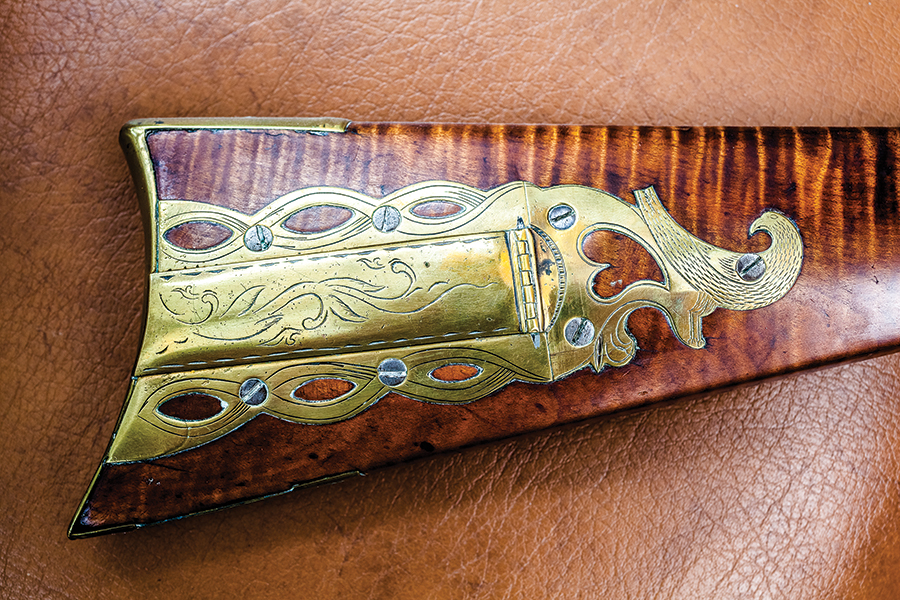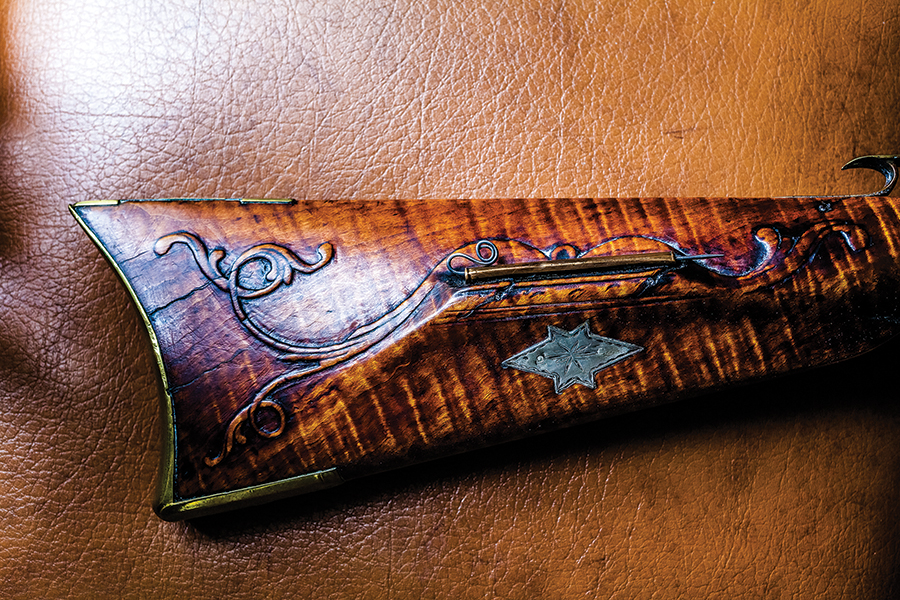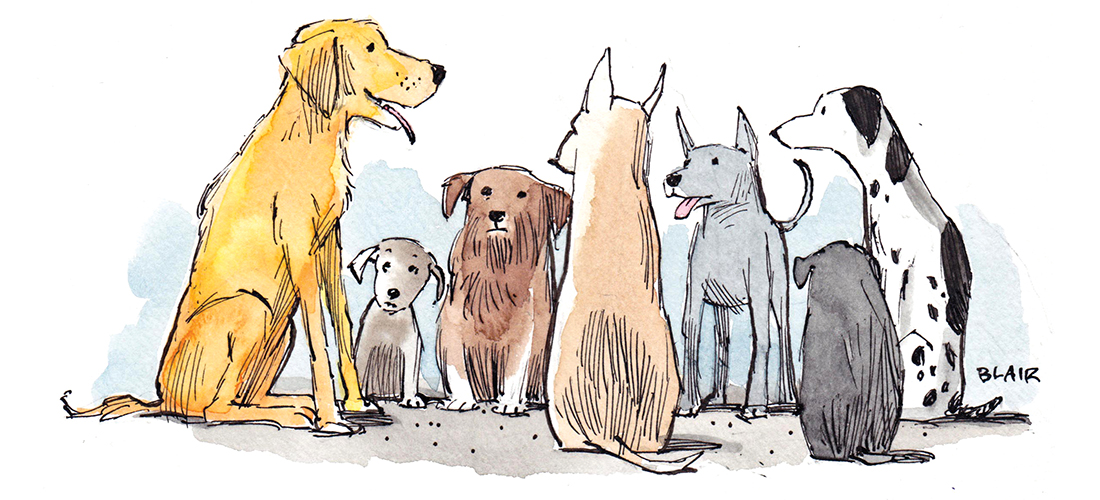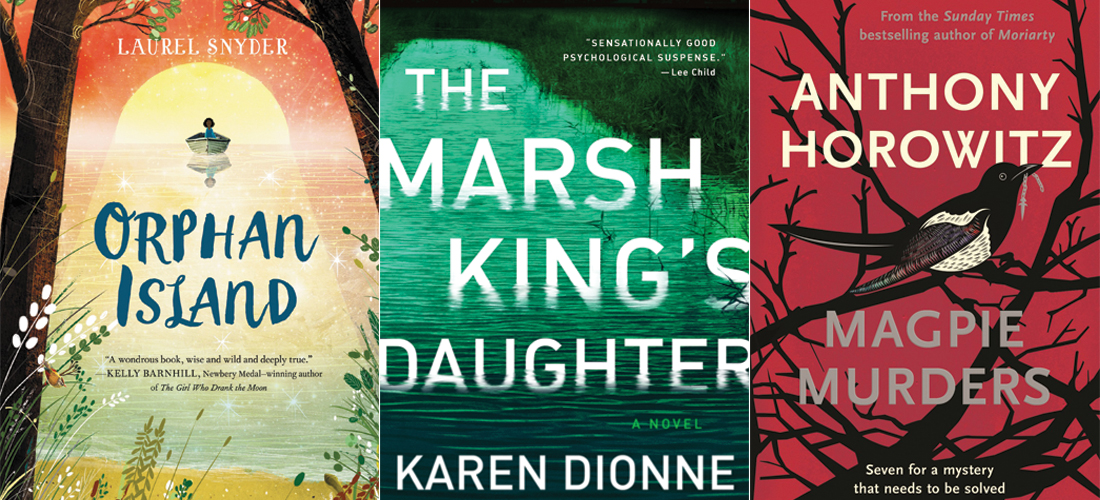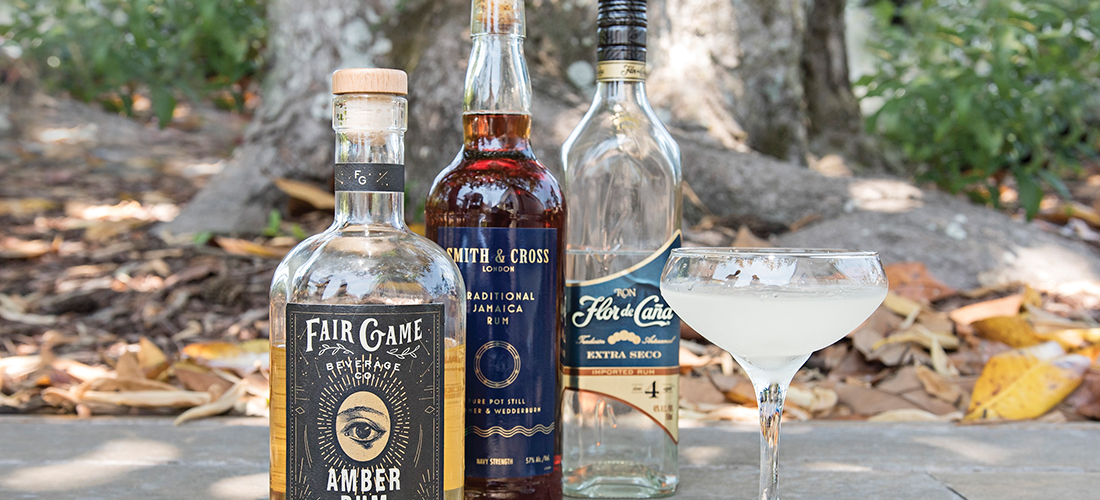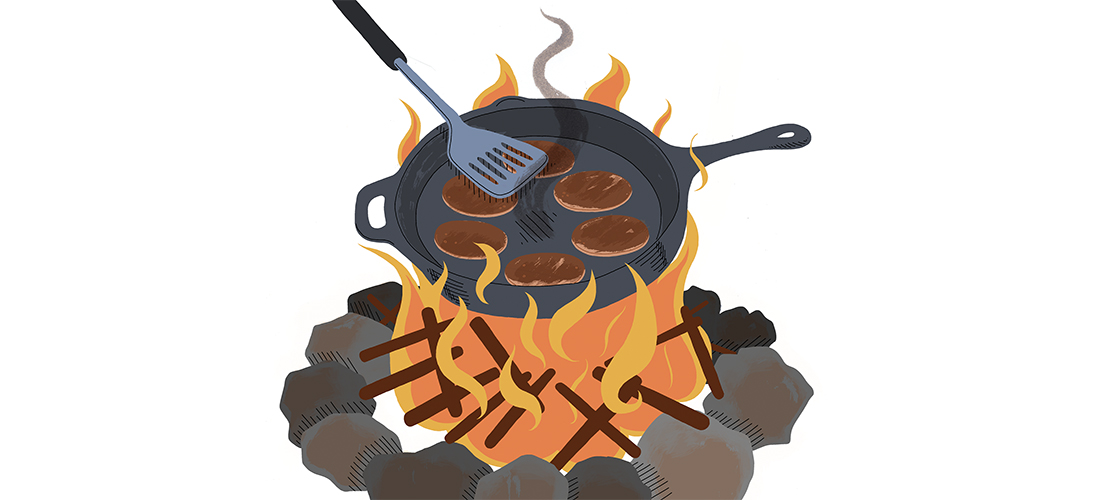Pinehurst, the gift that keeps on giving
By Lee Pace
The first floor halls of the venerable Carolina Hotel and the 200 feet of what’s deemed
“Heritage Hall” half a mile away at the main golf clubhouse are replete with images extolling the resort’s gilded past and its always evolving present. There are sepia-toned photos of Ben Hogan and Donald Ross, recent shots of Martin Kaymer and Michelle Wie. There is Harvie Ward from yesterday, Tiger Woods from today. On display are replicas of trophies from the U.S. Open, Women’s Open, U.S. Amateur, Women’s Amateur, PGA Championship and Ryder Cup, events that have been contested outside on the No. 2 course. While there are courses that have hosted more championships, no other club or facility in America can equal its breadth.
“We love our black-and-whites,” says Pinehurst President Tom Pashley. “They’re what distinguishes us. They make us unique. Some places try to manufacture a feeling of history. Pinehurst’s is authentic.
“At the same time, we cannot exist in a time capsule. Those color pictures are important as well. We have to remain relevant today. We’ve got to be in the conversation about the top golf destinations in the country — not because of what we were, but what we are and what we’re going to be.”
Therein lies the crux of Pashley’s mission nearly three years into his tenure running this far-flung and complex business that has nine golf courses operating out of five clubhouses, three hotels and roughly a dozen restaurants offering everything from a quick hot dog at the turn to Australian lamb or Scottish salmon in the 1895 Grille.
Preserve the past and innovate for the future.
An ambitious drawing board in golf operations alone at the moment includes various restoration/tweaking projects for courses No. 1, 3, 4 and 5, a greens conversion on No. 7, a relocation of the popular Thistle Dhu putting course on the south side of the clubhouse, and the design and construction of a nine-hole short course.
Each is a domino tumbling from the restoration of the No. 2 course from 2010-11 engineered by architects Bill Coore and Ben Crenshaw. That eye-opening project came at the behest of then-President Don Padgett, who felt No. 2 had lost its way trying to look too much like Augusta National and no longer sported the singular appeal that connected it to designer Donald Ross’ homeland in Scotland. The restoration was hailed by competitors and design buffs during the back-to-back U.S. Opens in June of 2014. When Pashley took over for Padgett three months later, he wasn’t sure what to capitalize and boldface on his to-do list.
“The restoration of No. 2 was such a watershed moment in the history of Pinehurst, and no club had ever hosted back-to-back Opens like we did,” Pashley says. “When I took over for Don, I remember thinking, ‘Wow, all the work is done. What am I going to be able to do that’s going to have an impact anywhere near that?’”
Pashley allows a modest smile.
“I don’t have that fear anymore,” he says. “There are a lot of opportunities presenting themselves right now.”
Certainly the most noteworthy on the docket is the work that begins in the fall to redesign the No. 4 course, a 1999 Tom Fazio creation that was, in turn, a brand new course on land occupied by a hodgepodge No. 4 with influences from various eras from Ross, Richard Tufts, Robert Trent Jones and his son, Rees. A confluence of reasons — ranging from wanting to covert the greens to Bermuda, to solve drainage problems, to have less of the clean and stark-white sandy expanses of No. 4 and more of the unkempt and burnished look of No. 2 next door — led Pashley to call architect Gil Hanse in the fall of 2016 to float the idea of major surgery.
“It was one of those moments when I put the phone down for a second and thought, ‘Is this
really happening?’” Hanse says of the idea of joining Ross (Nos. 1-3), Fazio (Nos. 6 and 8), Jack Nicklaus (No. 9), Rees Jones (No. 7) and Ellis Maples (No 5) in Pinehurst’s pantheon of architects.
Much of the routing will remain the same, though Hanse will take liberties with the positioning and elevation profiles of several par-3s. The preponderance of pot bunkers will change in lieu of more rustic edged traps with the wire grass and “volunteer” vegetation that has become part-and-parcel of the No. 2 look. The greens will be converted to Champion Bermuda and have fewer of the sharp roll-offs.
“I hope what Gil can do on No. 4 is change that dialogue a little bit,” Pashley says. “Introduce some debate. Maybe when it re-opens you’ll hear some talk in the bar afterward — that though you can’t rival the history of No. 2, maybe the fun and challenge and visuals will be close.
“The things people love about No. 4 won’t change. It’s secluded, there aren’t many houses in sight. It’s peaceful, it’s scenic, it’s a neighbor to some of the corridors on No. 2. There’s that big, beautiful lake. Those things won’t change.”
The short course, which will have nine holes ranging in distance from 65 to 117 yards, will occupy land where the first holes of courses 3 and 5 have been located — the same area, incidentally, where the practice range for the 2005 and 2014 U.S. Opens was positioned. Hanse and his team will design it over the summer and it will open
in the fall.
“Thistle Dhu has been such an overwhelming success,” Pashley says of the opening of the 2.5-acre putting course in the spring of 2013. “It’s quick, it’s fun, it’s for every age and every level of golfer. The idea for the short course comes from the same place. It can complement the experience of the hard-core golfer and introduce the game to another group of guests.”
The domino of needing the land occupied by those holes from 3 and 5 has been felt on the west side of N.C. 5, where the two courses are routed. The first hole of course 5 is now what was the second hole of course 3, only it runs in the opposite direction; then it connects with the second hole and the routing remains the same.
The problem on No. 3 was solved by Bob Farren, the resort’s director of grounds and golf course maintenance, with input from Hanse and architect/builder Kyle Franz, by taking two par-4s and redesigning them into pairs of a shorter par-4 and a new par-3. The revised No. 3, which opened in April, plays to a par of 68 at 5,155 yards. Franz, with some help from architect Kye Goalby and builder Blake Conant, have reintroduced more of the native Sandhills look a la No. 2 with wire grass, irregular bunkers dimensions and less of the monochromatic sheen of green grass.
The die is cast arriving at the new starter’s hut on the west side of N.C. 5. To the south is the new first hole of No. 5 with a meandering new fairway contour defined by natural areas of hardpan and wire grass. Ninety degrees away and headed to the west is the new first hole of No. 3 (the previous third hole) with a new bunker in the corner of the dogleg marked by an uneven perimeter and tufts of wire grass within the sand. Then from the tee of the second hole, the golfer plays across an expanse of sand cut into the hillside with more haphazard edges and assorted vegetation.
“Two holes into it, you know there’s something different going on,” Farren says. “It’s obvious there’s a new look and new feel to No. 3. Our members and guests both have embraced the ‘old look’ that Bill and Ben reintroduced on No. 2. It fits the land and the native vegetation. It fits our heritage.”
Franz will implement a few more modifications on No. 3 over the summer. No. 4 shuts down in the fall for one year. After that, No. 1 is earmarked for more retrofitting. And when the greens on No. 7 are converted to Bermuda this summer, all courses at Pinehurst except No. 9 will have hybrid Bermuda greens.
Pashley and Pinehurst owner Bob Dedman Jr. look at the landscape of the hot and evolving golf destinations like Bandon Dunes, Cabot Cliffs and Streamsong and know that history alone is not enough. Pashley says that one of Dedman’s visions is for “people to walk into the clubhouse and feel like they’re in golf heaven.”
“In the very near future, we’ll do a better job of saying to people, ‘You can do a whole trip to Pinehurst and never leave the clubhouse,’” Pashley says. “We can create something no one else can create. We have a ‘sense of place’ like few others.”
A sense of place that demands 64 crayons — from black and gray to every one in the rainbow. PS
Lee Pace has been writing about the Pinehurst golf scene for three decades and in 2012 authored the book, The Golden Age of Pinehurst — The Rebirth of No. 2.


